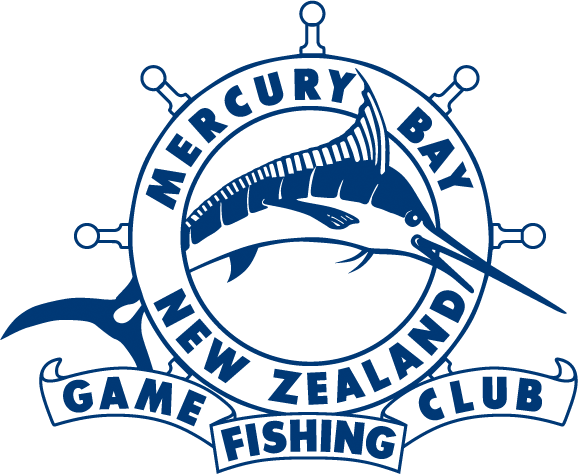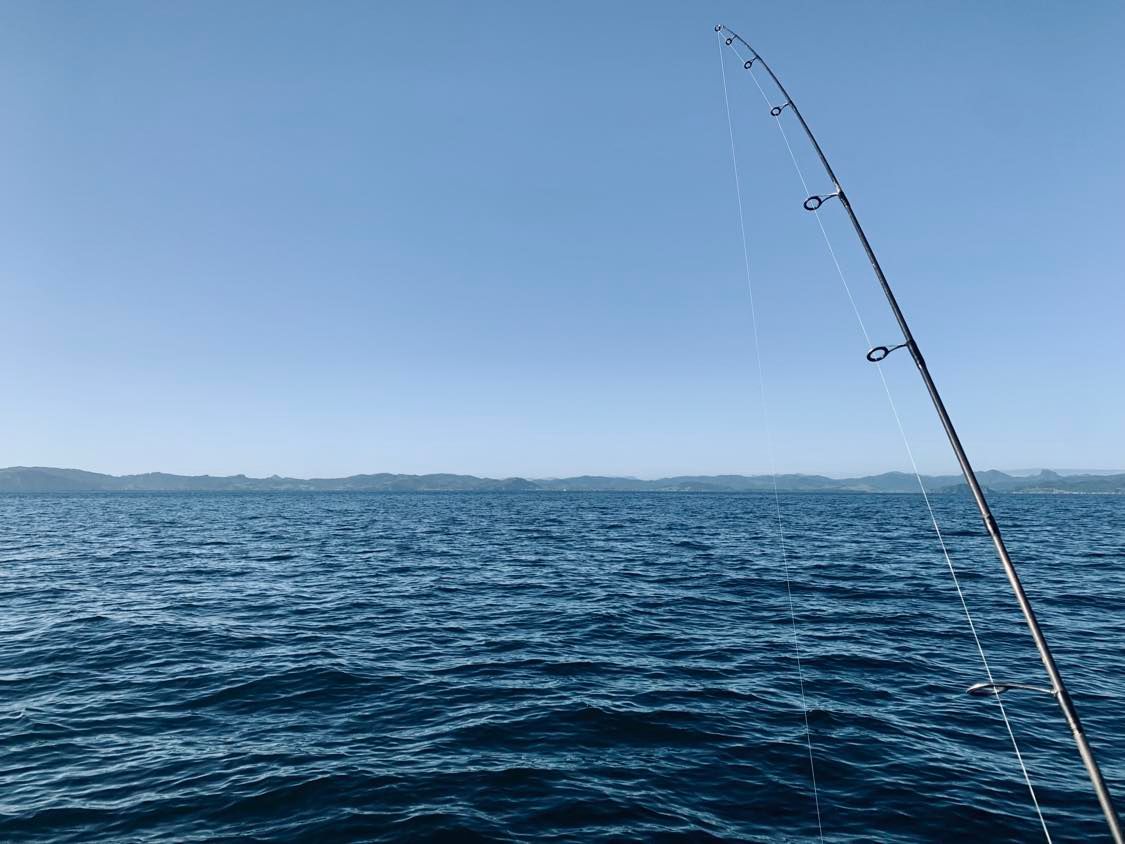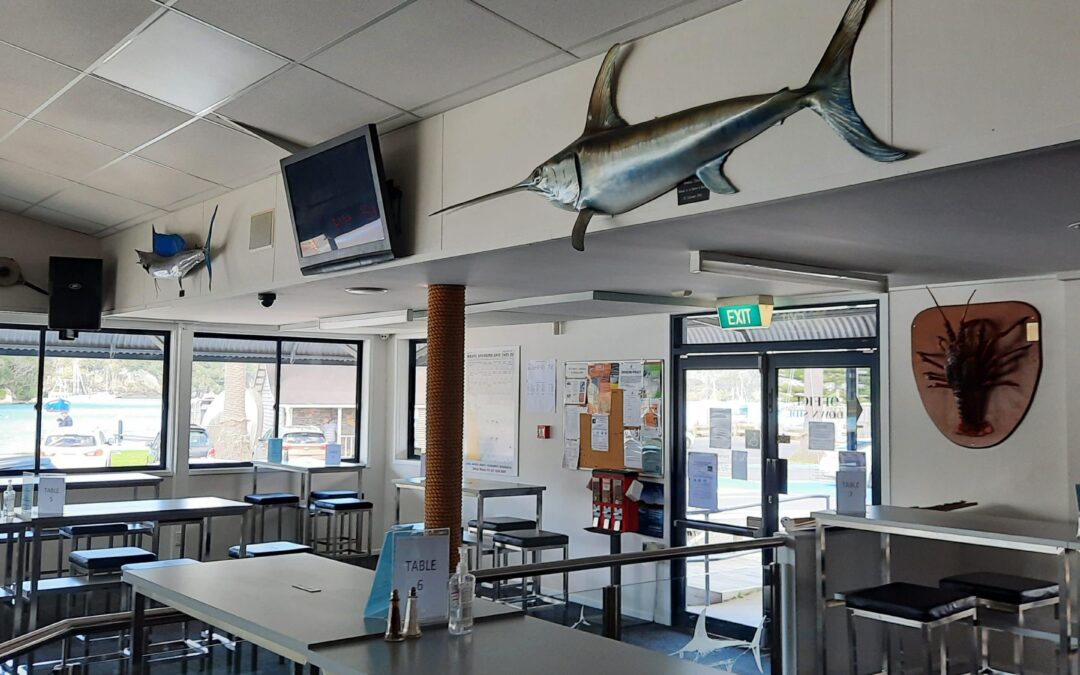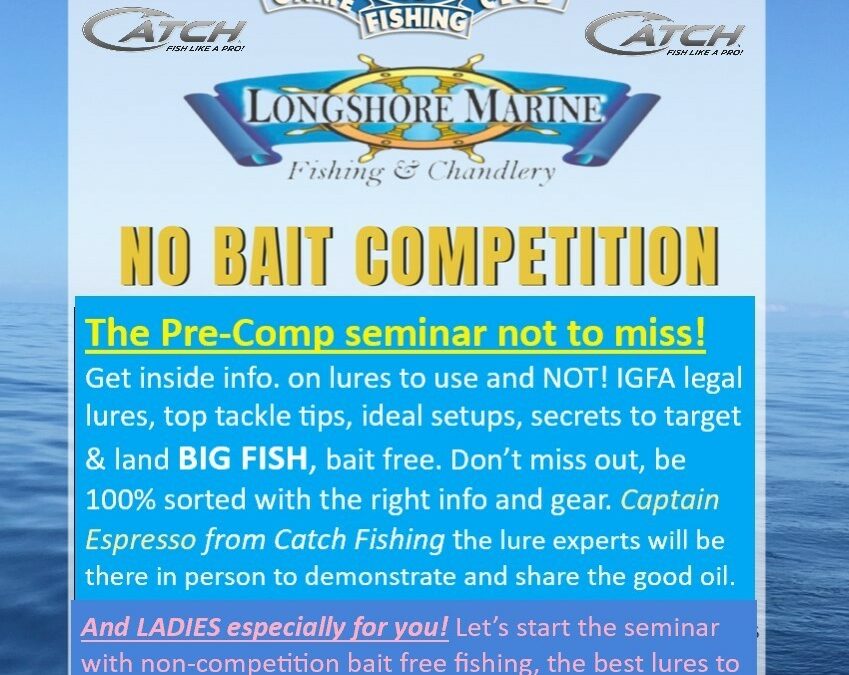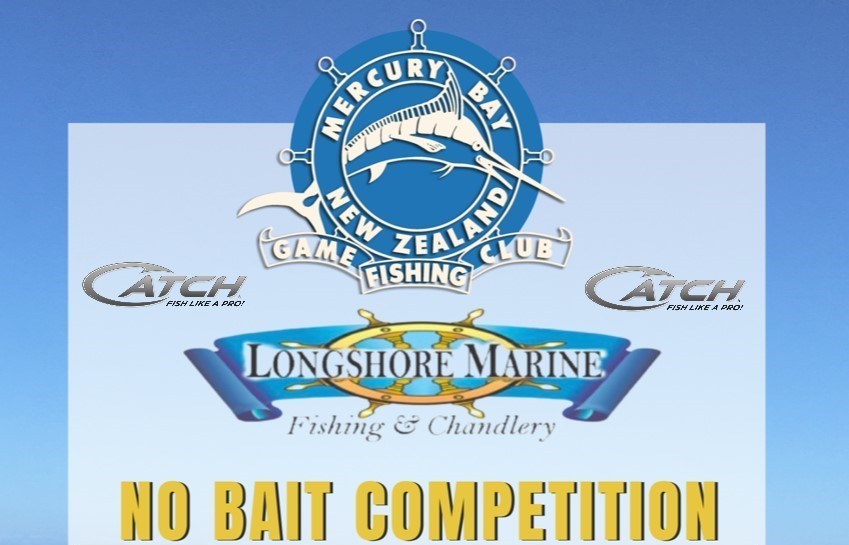Waikato Regional Coastal Plan Review
Mercury Bay Game Fish Club was formed in 1947. We have over 3000 members and employ 14 staff.
One of the objects as per our constitution is the protection of fish and their food supply.
Most of the townships down the east coast of the Coromandel Peninsular are generally tourist towns as evidenced by the significant increase in population during holiday periods. The majority of residents and visitors are attracted to the region by the boating and fishing opportunities, these are both accessible as in distance and safe as in having sheltered bays and islands.
The area of sea out to the 12 mile limit and down to Waihi is part of the Hauraki Gulf Marine Park. Legislation is already in place, requiring agencies at both central and local government level, to have regard for this status and, effectively, protect marine biodiversity.
In 2013, The Stakeholders Working Group was selected for Sea Change Tai Timu Tai Pari. The members of that working group and staff of the 4 agencies involved, each spent thousands of hours thoroughly researching and formulating a plan to, among other things, protect the marine biodiversity within the Hauraki Gulf Marine Park. You will be aware that the Waikato Regional Council is one of those 4 agencies.
We do not see any need, nor any desire among the public at large, to re-do all that work. The final Sea Change document has morphed into a programme referred to as ‘Revitalising the Gulf’ and work is being undertaken to protect the marine biodiversity within the Hauraki Gulf Marine Park using this format (refer your discussion document # 24007255).
Fisheries management and biodiversity protection in the marine environment are extremely complex issues. Sea Change Tai Timu Tai Pari was started almost 9 years ago and we do not want to start it all over again. The central government agencies responsible for seeing these issues through have experienced staff resources that we do not want to see duplicated at local government level.
We believe marine biodiversity in this region is able to be, and should be, managed by other existing legislation without using the Resource Management Act, as the fish biomass is assessed and regulated for the commercial sectors, recreational interests, customary and fishing related mortality. A small, piecemeal approach to impose ‘no take’ areas is more likely to result in ad hoc decisions that do not benefit the marine area as a whole.
We believe biodiversity can be maintained and enhanced by catch regulation and education. An example of the recreational fishing fraternity commitment to sustainability is their overwhelming support for the rahui on scallops in the area.
Any ‘no take’ areas introduced will almost certainly result in displacing fishing effort from one area to another. We have noticed a significant number of Tauranga boats fishing in the area off Mercury Bay, having been displaced by ‘no take’ areas around Motiti. We are concerned that shutting of fishing in one area increases fishing pressure in other areas.
Anecdotally, there has been a significant increase in the abundance of many marine species in the last several years including snapper, red rock lobster, packhorse lobster and other fish, in the area surrounding Whitianga and including the Mercury Islands.
We note that the Mercury Islands have been singled out for closer inspection and have already been suggested as a Significant Indigenous Biodiversity Area. Given that snapper and lobster numbers are actually increasing, what exactly is it proposed that the marine life needs protection from? Certainly not over-fishing with the current fisheries management limits in place.
Any noticeable reduction in area that can be fished is likely to negatively impact the significant marine industry that flourishes in Whitianga and the local economy that relies on this.
From a safety point of view, the boating public would be put at risk if boats can’t anchor and/or fish in sheltered areas. There is the potential for this to cause catastrophic loss of property (boats) or even human life.
In summary we support options 1 and 2. We are strongly opposed to Option 3 as it is covered by other agencies and only see option 4 being required to remove invasive and/or introduced pest species.
We would like to register an interest in this issue and would like to be kept informed on the outcome of this discussion document.
